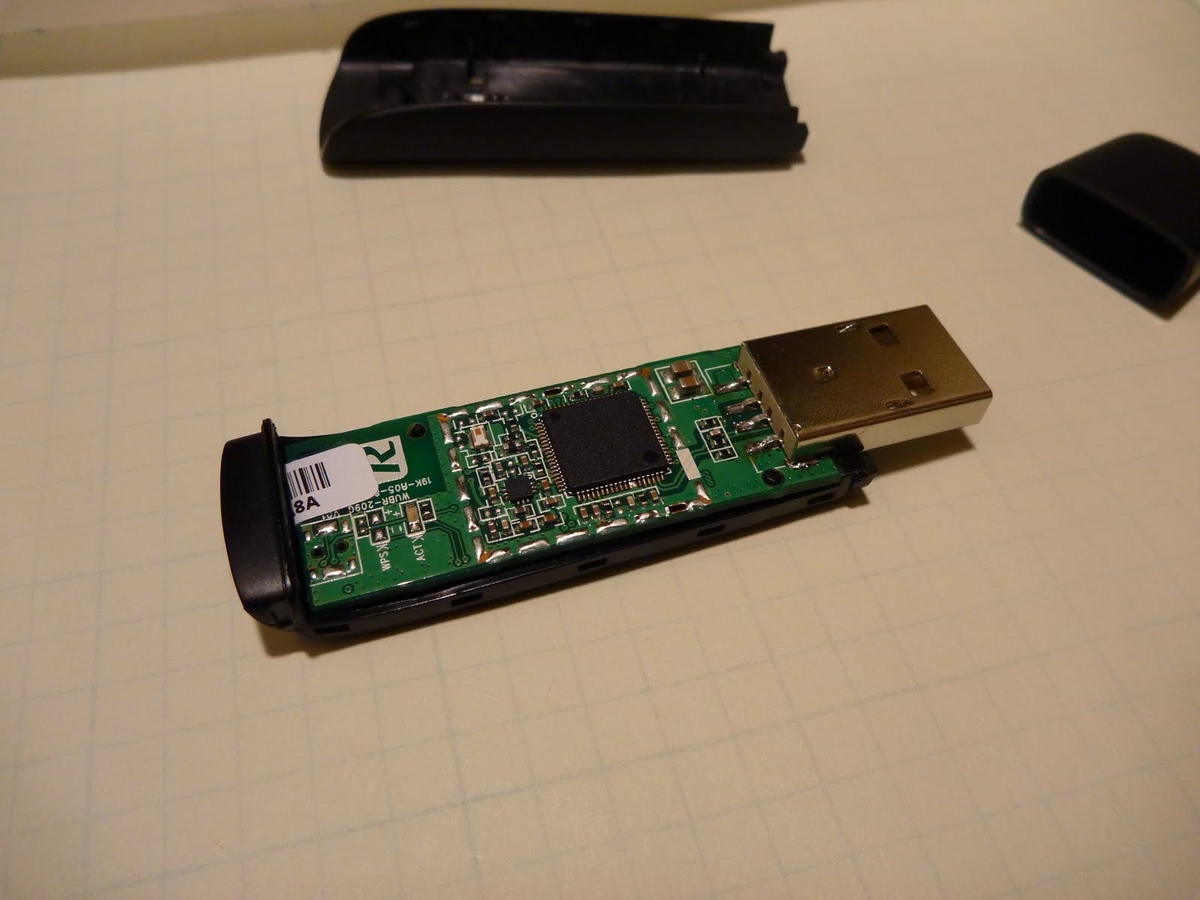

Articles
How To Tell If Wireless Adapter Is Bad
Modified: January 23, 2024
Learn how to identify if your wireless adapter is faulty with this informative article. Get tips and troubleshooting techniques to fix the issue.
(Many of the links in this article redirect to a specific reviewed product. Your purchase of these products through affiliate links helps to generate commission for Storables.com, at no extra cost. Learn more)
Introduction
A wireless adapter is an essential component of any device that connects to a wireless network. Whether it’s a laptop, desktop computer, or even a gaming console, the wireless adapter allows you to connect to the internet without the need for physical cables. However, just like any other hardware component, wireless adapters can go bad over time or experience issues that impede their functionality.
In this article, we will explore the signs that indicate a bad wireless adapter and provide troubleshooting steps to help you diagnose and potentially fix the problem. By understanding these signs and troubleshooting methods, you’ll be better equipped to ensure a seamless and reliable wireless connection.
Key Takeaways:
- Recognize the Signs
Identify signs of a bad wireless adapter such as weak signals, slow connectivity, and frequent disconnections. Troubleshoot with simple steps or seek expert advice for a seamless wireless experience. - Troubleshooting Tips
Restart your device, update drivers, reset network settings, and check physical connections to troubleshoot a faulty wireless adapter. If issues persist, consider replacing the adapter for uninterrupted wireless connectivity.
Read more: How To Tell If Insulation Is Bad
What is a wireless adapter?
A wireless adapter, also known as a wireless network adapter or WiFi adapter, is a device that allows devices to connect to a wireless network. It serves as the interface between the device and the wireless network, enabling wireless communication by converting data from the device into radio waves and vice versa.
Wireless adapters come in various forms and connect to devices through different interfaces. For laptops and desktop computers, wireless adapters are usually integrated into the device itself or added as an external USB adapter. Smartphones, tablets, gaming consoles, and other electronic devices also have built-in wireless adapters.
Wireless adapters use a variety of wireless communication standards, such as Wi-Fi, Bluetooth, or cellular networks. The most common standard used for wireless internet connectivity is Wi-Fi, which operates on various frequencies and supports different speeds.
With a wireless adapter, you can connect and interact with wireless networks in your home, office, or public spaces. This allows you to access the internet, share files, stream media, and communicate with other devices on the network without the need for physical connections.
Wireless adapters rely on wireless access points, such as routers or wireless modems, to establish a connection to the network. These access points transmit wireless signals that the adapter receives and interprets, allowing your device to exchange data with the network.
It’s important to ensure that your device’s wireless adapter is functioning properly to maintain a stable and reliable internet connection. When a wireless adapter malfunctions or becomes faulty, it can result in connectivity issues and hinder your ability to access the internet.
Signs of a bad wireless adapter
A bad wireless adapter can cause various connectivity issues and disrupt your internet experience. It’s important to be aware of the signs that indicate a malfunctioning or faulty wireless adapter. Here are some common signs:
- Weak or inconsistent signal: If you notice that the strength of your wireless signal has significantly decreased or if you experience frequent signal drops, it could be a sign of a bad wireless adapter. Even when you’re within range of the wireless network, a faulty adapter may struggle to maintain a stable connection.
- Slow or limited connectivity: A bad wireless adapter may result in slow internet speeds or limited connectivity. You may experience delays in loading web pages, streaming videos, or downloading files. If your internet connection is consistently sluggish despite having a high-speed connection, it’s worth checking the status of your wireless adapter.
- Inability to detect or connect to networks: If your device’s wireless adapter fails to detect any available networks or if it is unable to establish a connection to known networks, it could be a sign of a faulty adapter. This can happen even if other devices in the vicinity are able to connect without any issues.
- Frequent disconnections: If your device frequently disconnects from the wireless network, it may be due to a malfunctioning wireless adapter. The device may appear to connect briefly before losing the connection, or it may struggle to stay connected for an extended period of time.
- Device freezes or crashes: In some cases, a bad wireless adapter can cause your device to freeze or crash. This can happen when the adapter is not functioning properly and conflicts with other system processes or drivers.
If you’re experiencing one or more of these signs, it’s likely that your wireless adapter is causing the issue. However, it’s important to note that these signs can also be indicative of other network or software-related problems. To confirm whether the wireless adapter is the culprit, it’s recommended to troubleshoot the adapter or seek technical assistance.
If your wireless adapter is not connecting to any networks, try using it on another device. If it still doesn’t work, it may be a sign that the adapter is bad.
Troubleshooting a bad wireless adapter
If you suspect that your wireless adapter is not functioning properly, there are several troubleshooting steps you can take to diagnose and potentially fix the issue. Here are some suggestions:
- Restart your device: A simple restart can sometimes resolve minor connectivity issues. Restart your device and check if the wireless adapter starts working properly.
- Check other devices: Verify if other devices can connect to the network without any issues. If multiple devices are experiencing connectivity problems, the issue may be with the wireless network itself rather than the adapter.
- Update drivers: Outdated or incompatible drivers can cause wireless adapter problems. Visit the manufacturer’s website or use device manager tools to check for driver updates and install them if available.
- Reset network settings: Resetting your network settings can help resolve configuration issues. Go to the network settings on your device and choose the option to reset network settings. This will reset all network-related settings, including the wireless adapter.
- Check physical connections: Ensure that all physical connections between your device and the wireless adapter are secure. If you are using an external USB adapter, disconnect and reconnect it to the USB port to ensure a proper connection.
- Scan for malware: Malware on your device can interfere with the functioning of the wireless adapter. Run a thorough malware scan using reliable antivirus software to detect and remove any malicious software.
- Disable power saving mode: Some devices have a power saving mode that can affect the performance of the wireless adapter. Disable power saving mode in the device settings to see if it improves the adapter’s functionality.
- Reset the adapter: If none of the above steps resolve the issue, you can try to reset the wireless adapter. This process may vary depending on the device and operating system. Refer to the device’s user manual or the manufacturer’s website for instructions on how to reset the wireless adapter.
If, after performing these troubleshooting steps, your wireless adapter continues to exhibit signs of being faulty or malfunctioning, it may be time to consider replacing the adapter. Consult with a technical expert or contact the manufacturer for further guidance in such cases.
Conclusion
A wireless adapter plays a crucial role in connecting devices to a wireless network, allowing us to enjoy the convenience of wireless internet connectivity. However, like any hardware component, wireless adapters can go bad or experience issues that affect their functionality.
In this article, we explored the signs that indicate a bad wireless adapter, such as weak signals, slow connectivity, inability to detect networks, frequent disconnections, and device freezes. We also provided troubleshooting steps to help diagnose and potentially fix the problem.
By restarting the device, checking other devices on the network, updating drivers, resetting network settings, ensuring physical connections, scanning for malware, disabling power saving mode, and resetting the adapter, you can attempt to resolve the issues affecting your wireless adapter.
If these troubleshooting steps fail to rectify the problem, it may be necessary to consider replacing the wireless adapter. Contacting a technical expert or reaching out to the manufacturer can help guide you through the process of finding a suitable replacement adapter.
Having a properly functioning wireless adapter is essential for a reliable and seamless internet experience. By being aware of the signs of a bad wireless adapter and knowing how to troubleshoot potential issues, you can ensure that your devices stay connected and enjoy uninterrupted wireless connectivity.
Remember to regularly update your drivers, perform malware scans, and keep an eye on the performance of your wireless adapter to catch any issues early on. By taking proactive steps, you can maintain a stable and reliable wireless connection for all your internet needs.
Frequently Asked Questions about How To Tell If Wireless Adapter Is Bad
Was this page helpful?
At Storables.com, we guarantee accurate and reliable information. Our content, validated by Expert Board Contributors, is crafted following stringent Editorial Policies. We're committed to providing you with well-researched, expert-backed insights for all your informational needs.

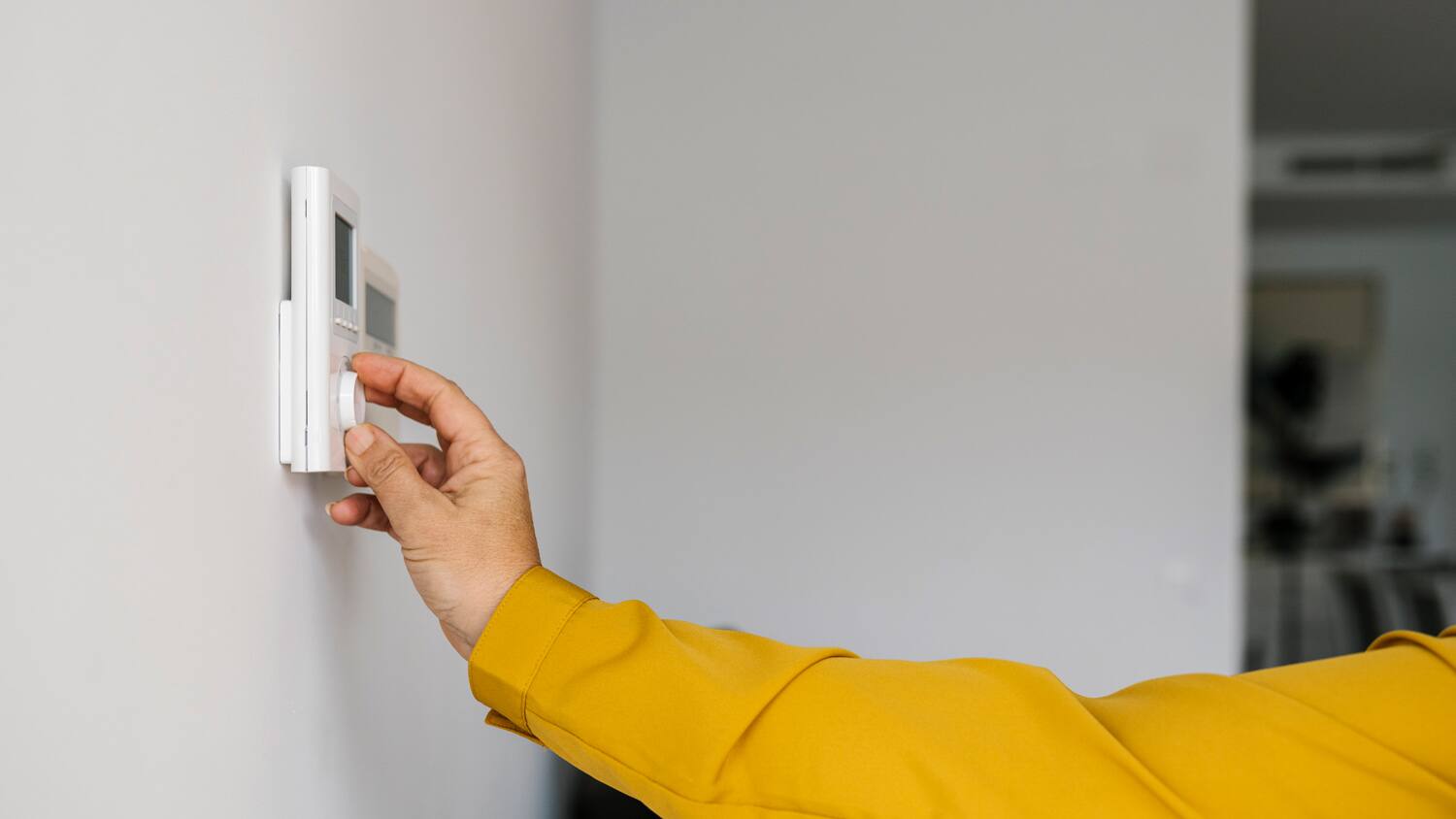
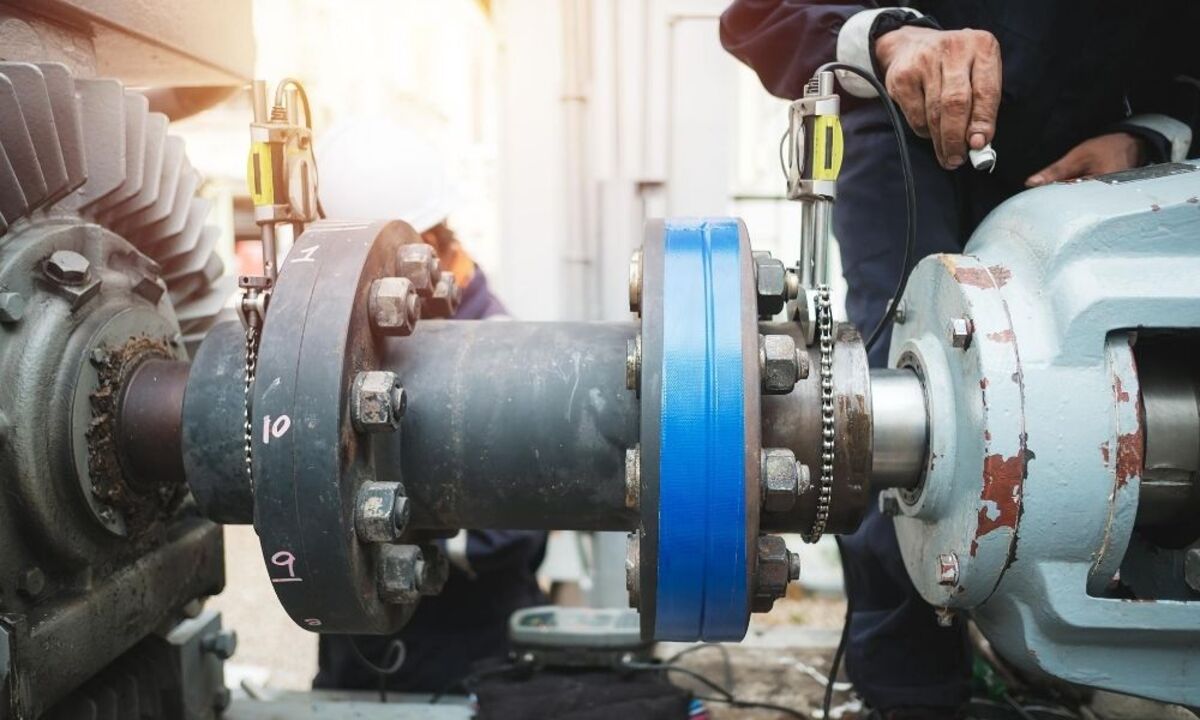
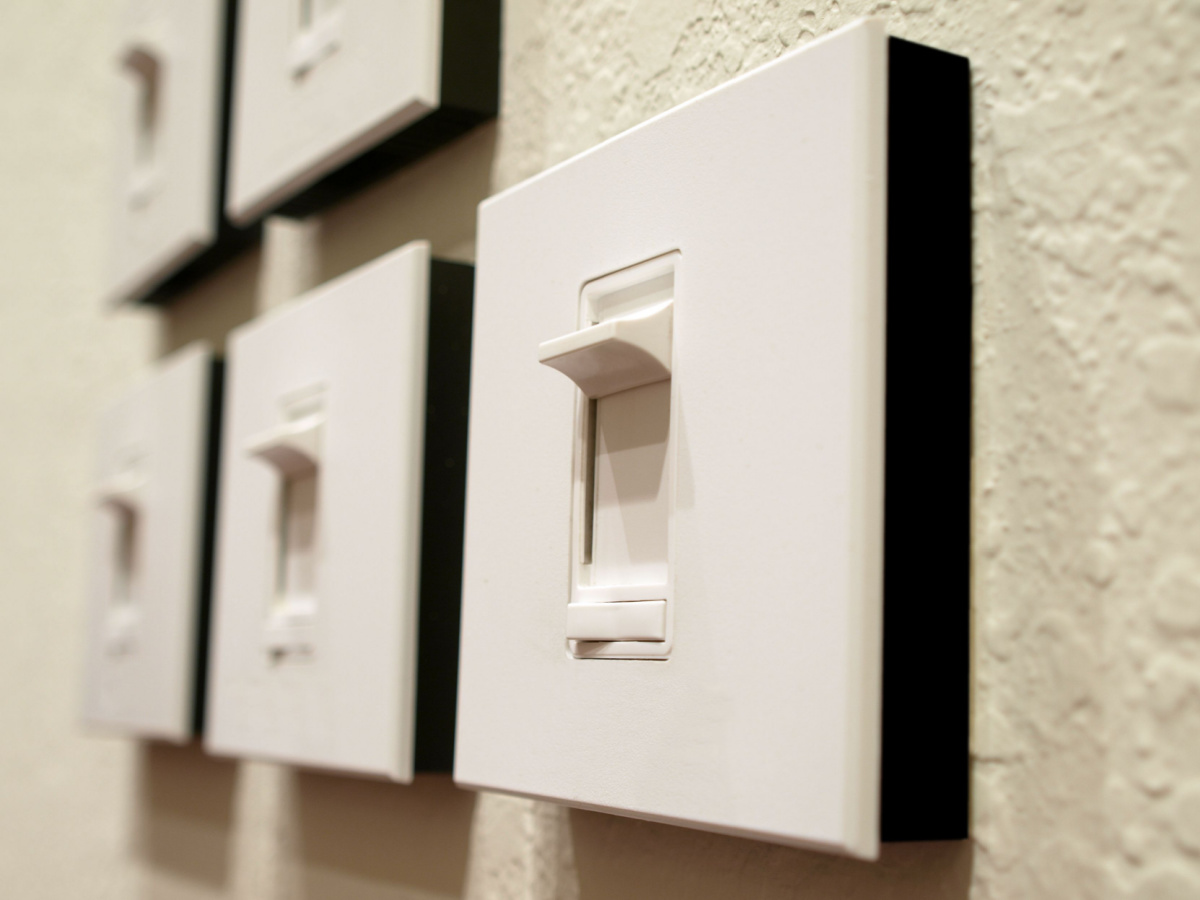
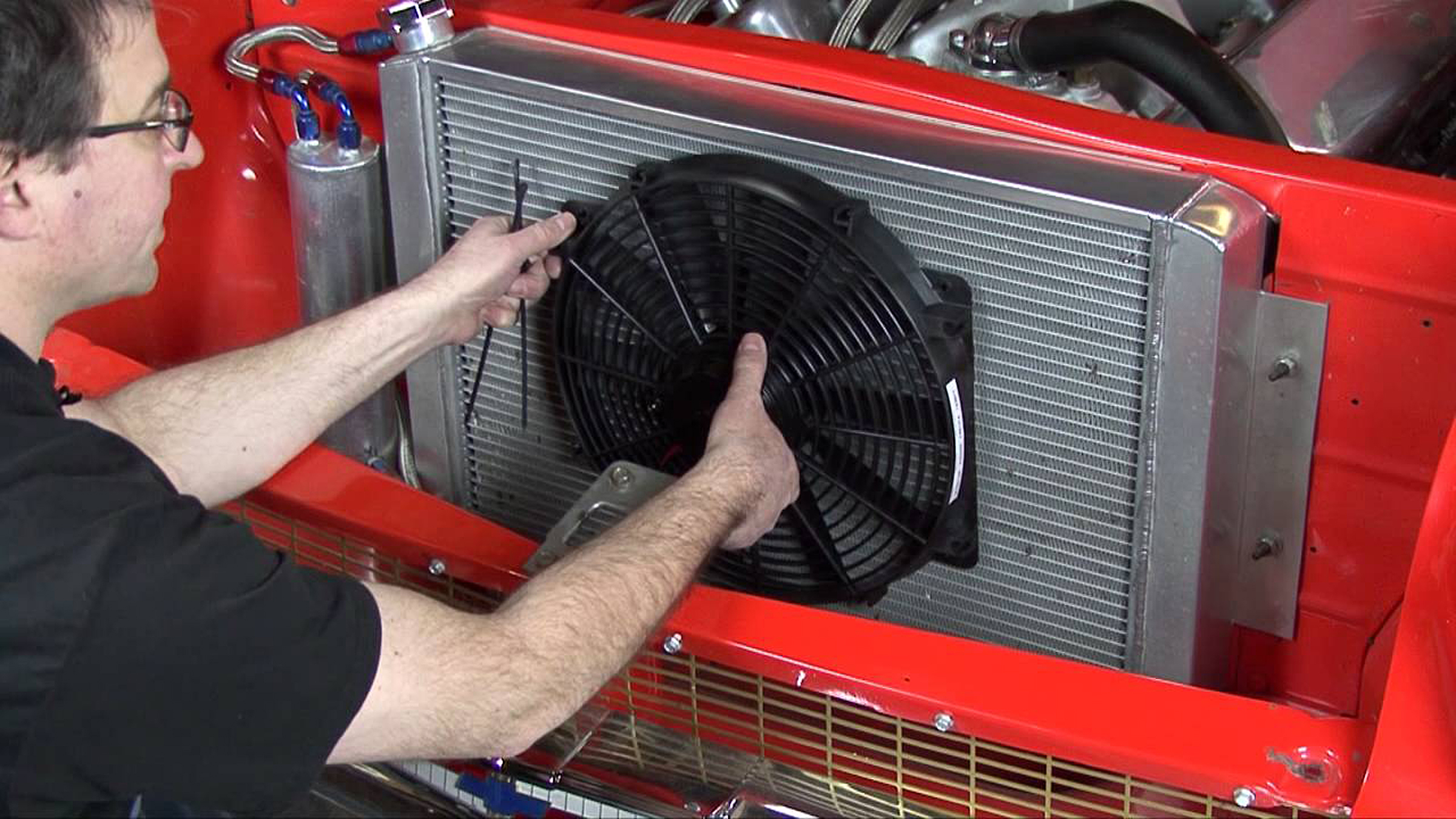

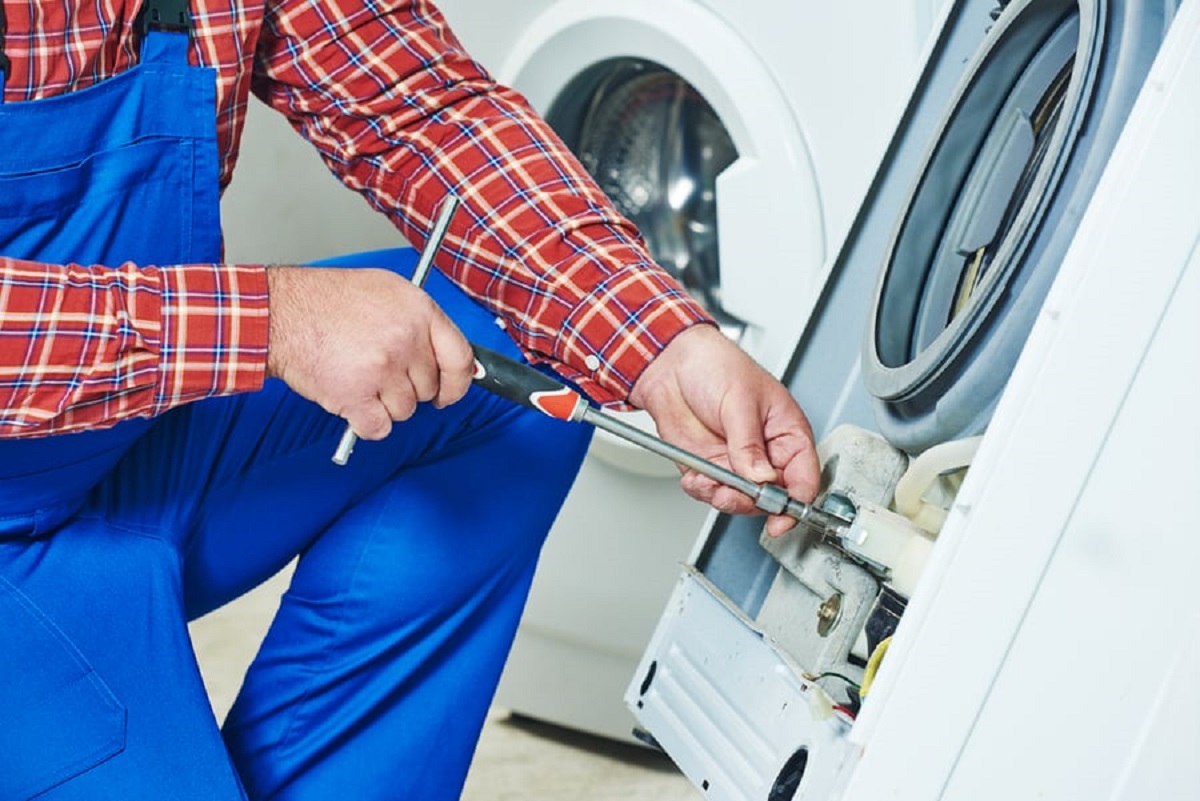
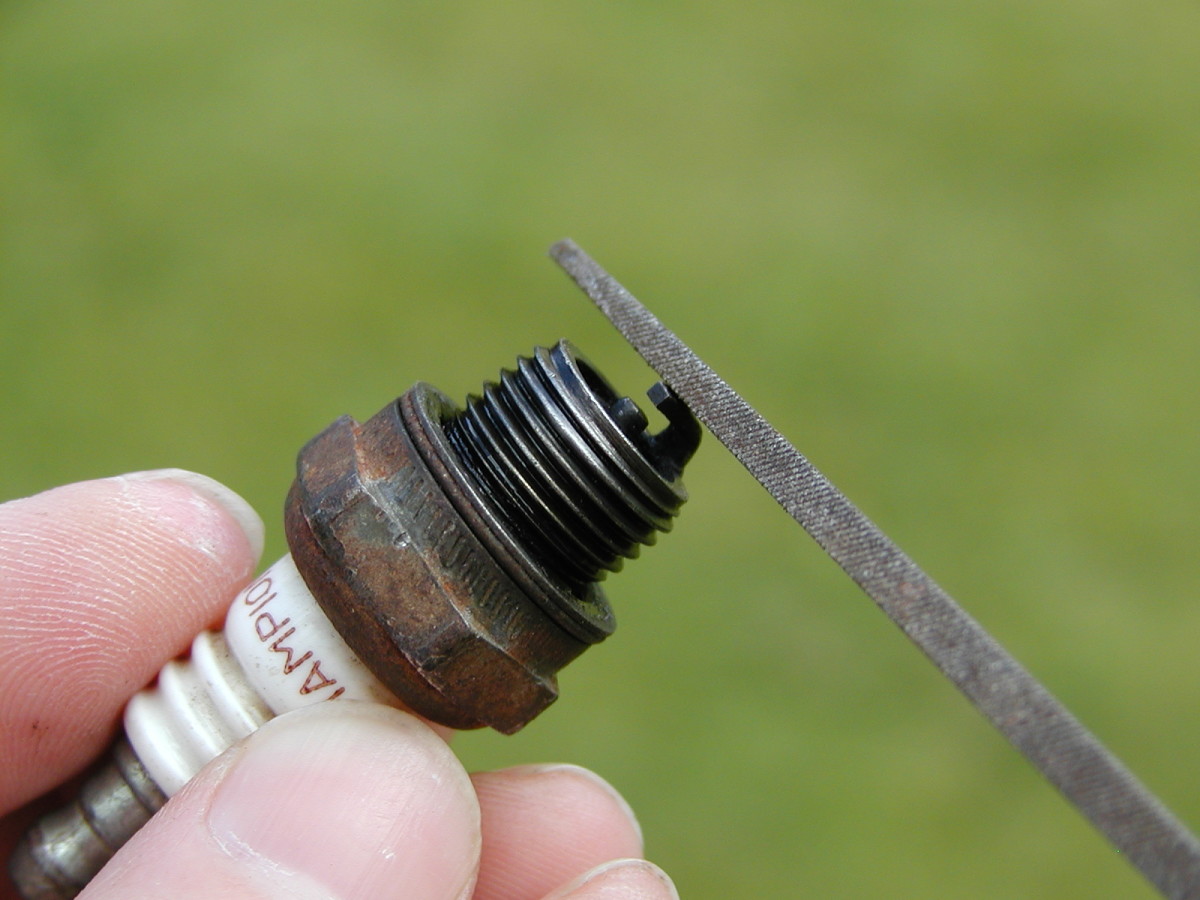
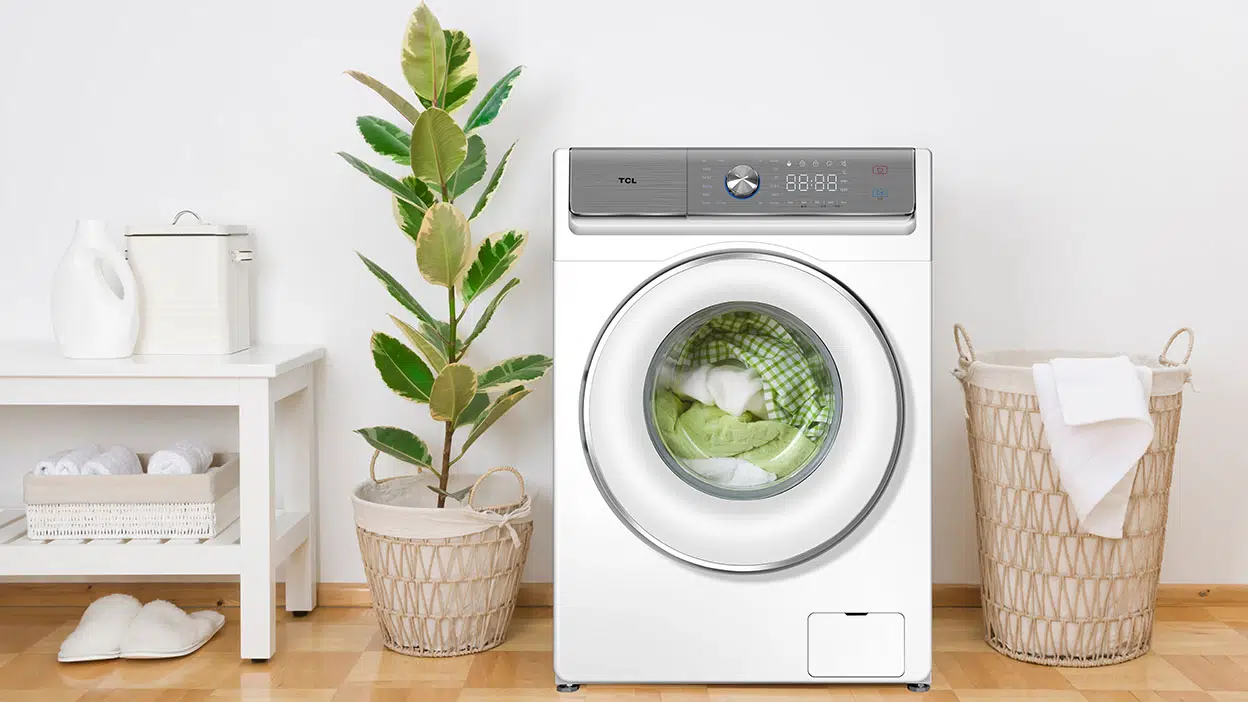

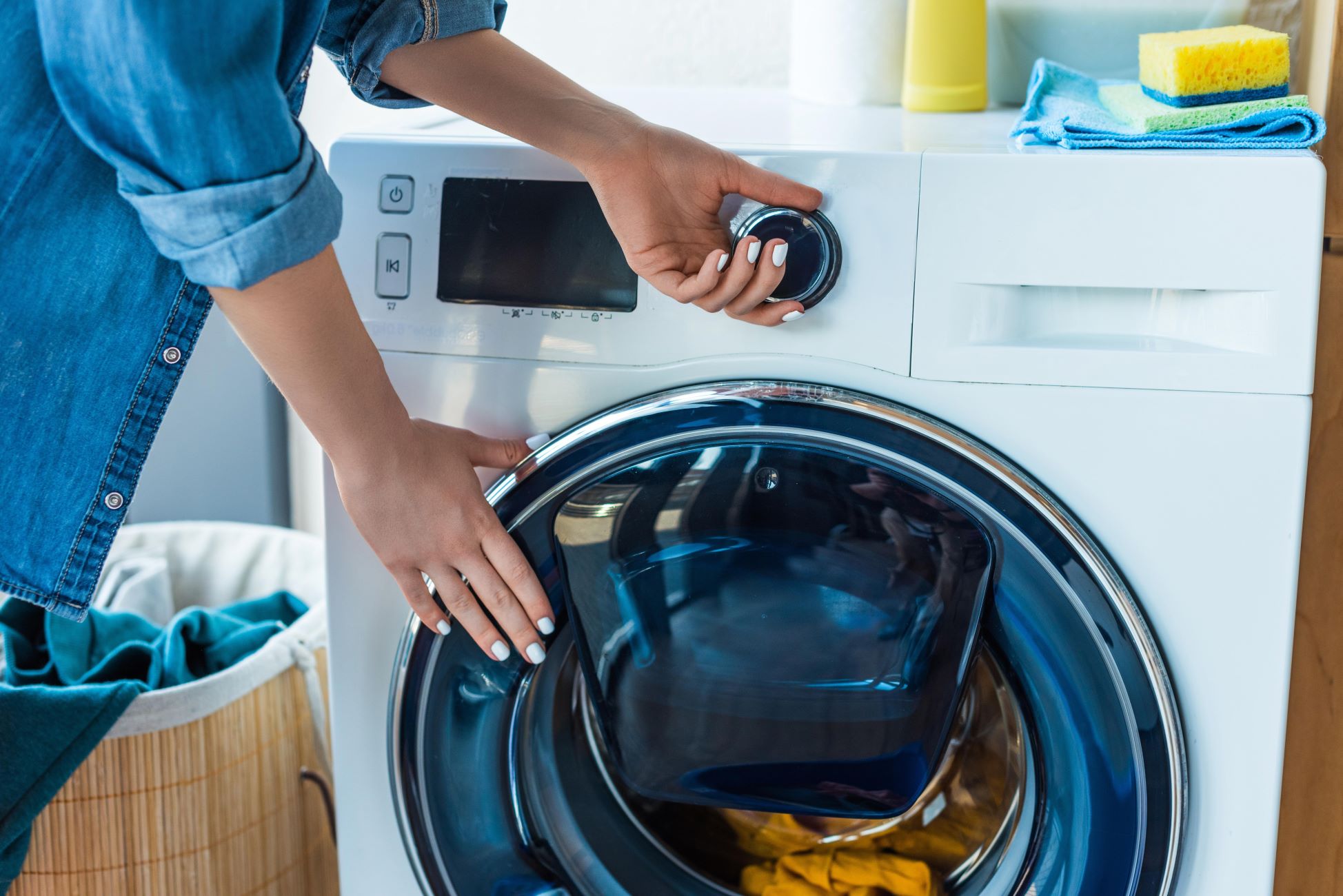
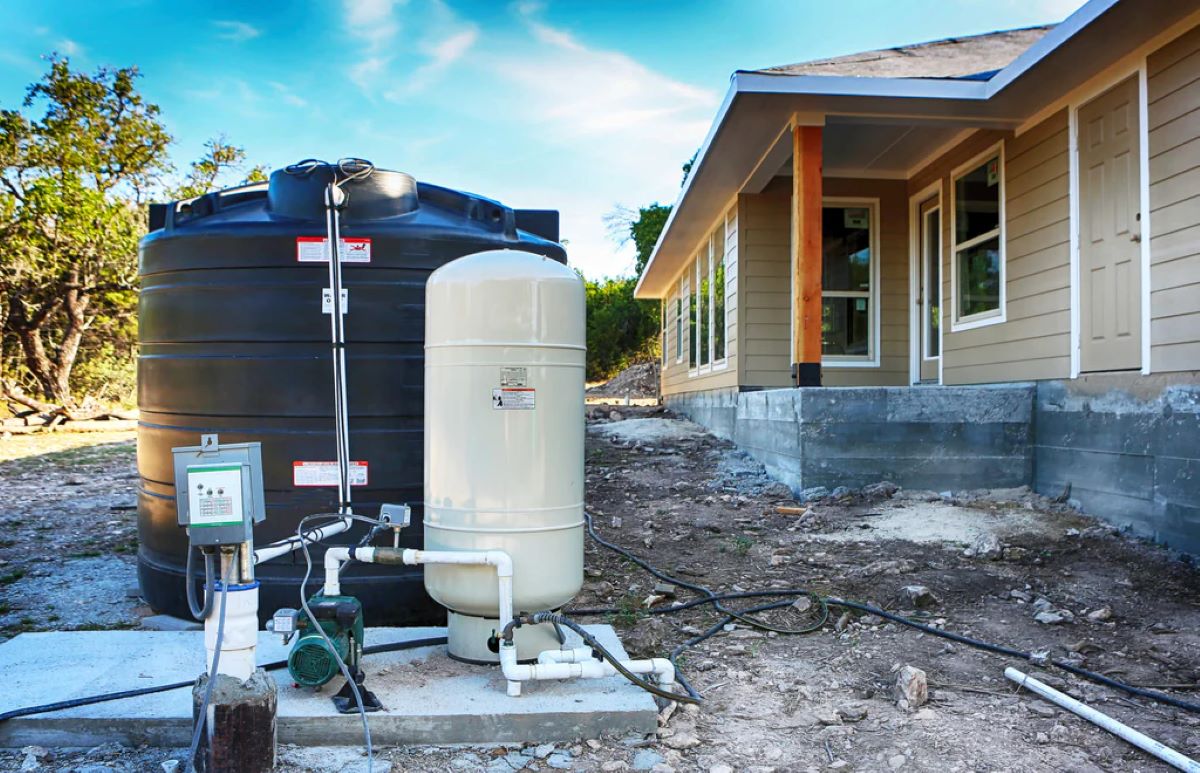
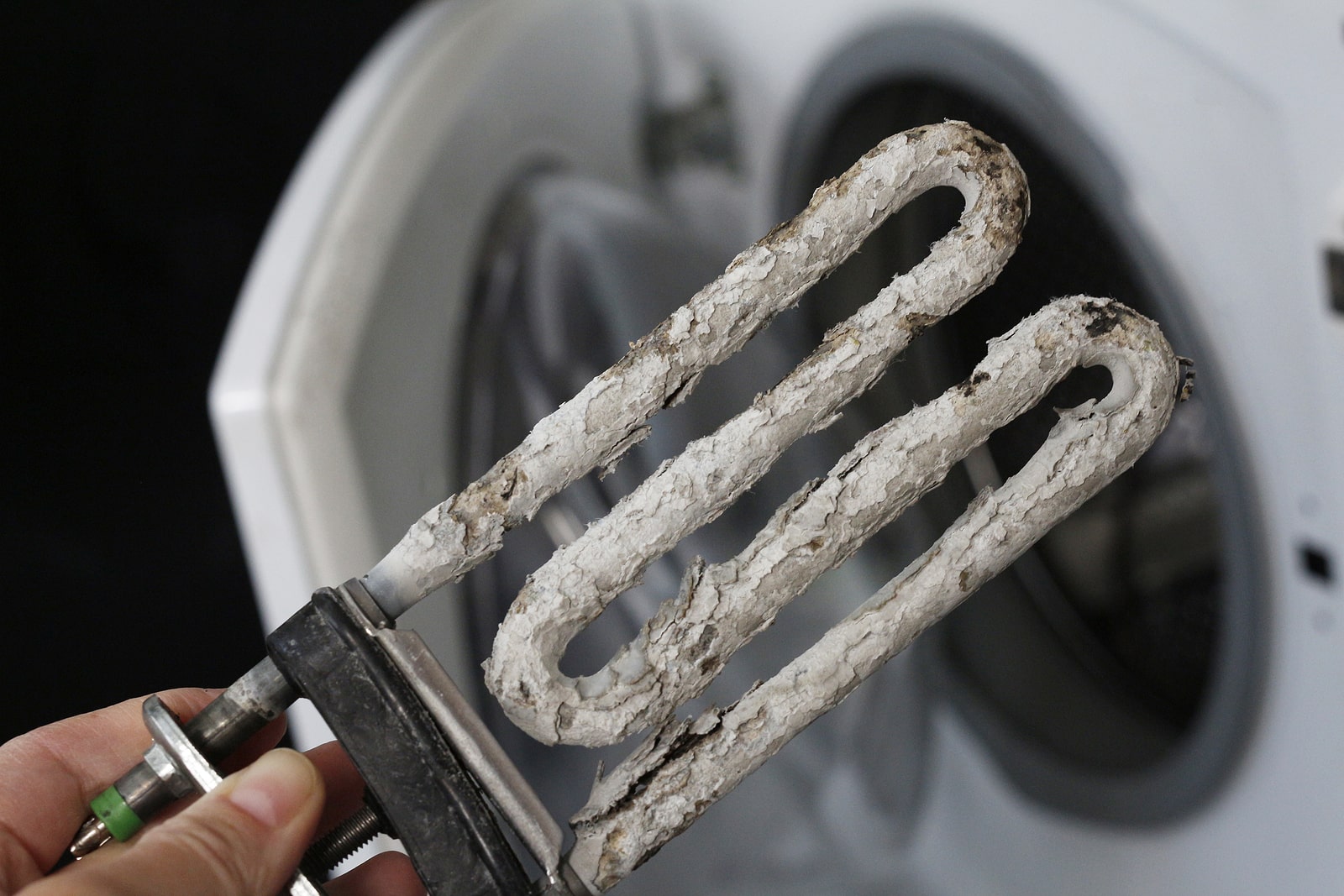
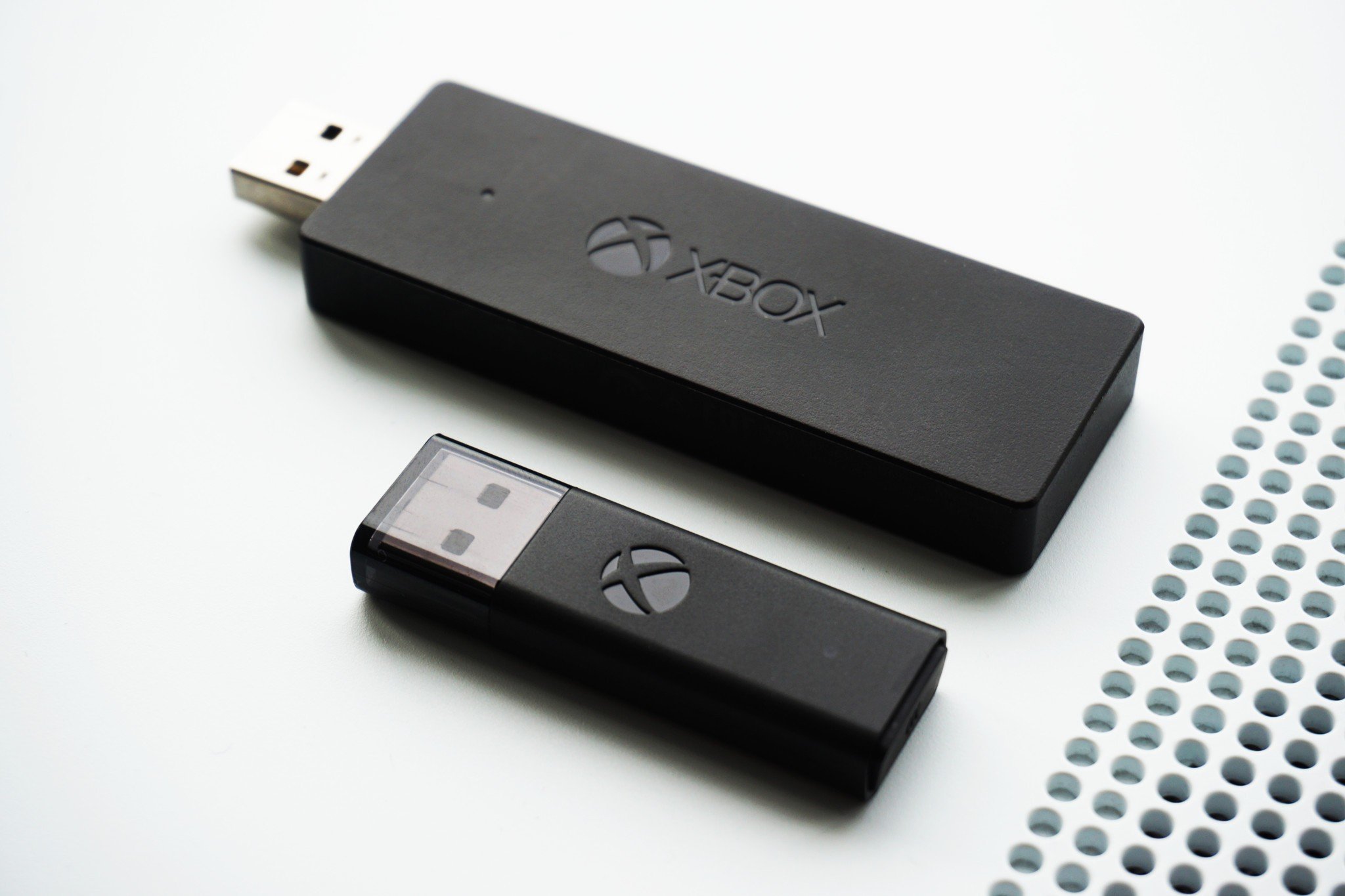
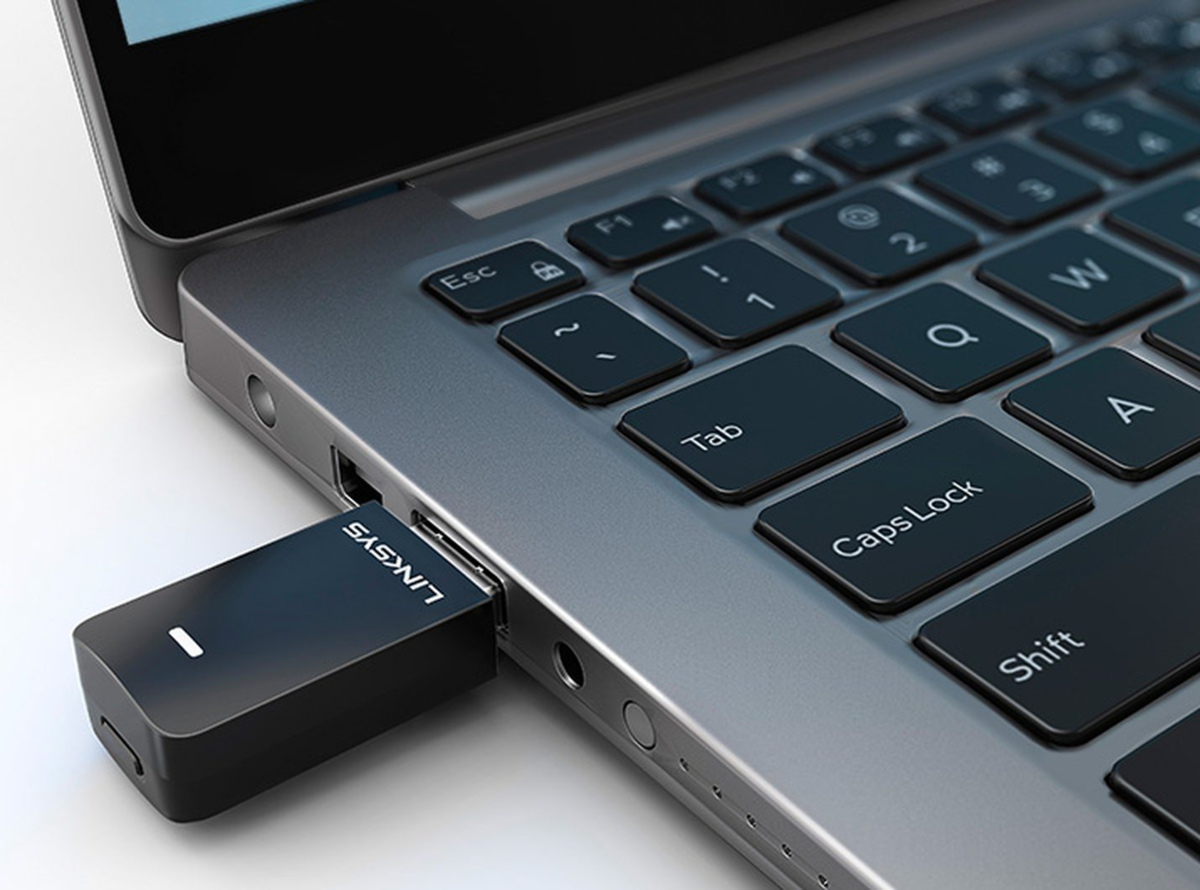

0 thoughts on “How To Tell If Wireless Adapter Is Bad”